The July 13 assassination attempt on former president and current Republican presidential nominee Donald Trump has spurred some law enforcement agencies to re-examine their procedures for VIP protection.
10 Tips for Effective VIP Protection Operations
Dignitary protection can be challenging for local law enforcement agencies and often requires coordinating with federal and state agencies.
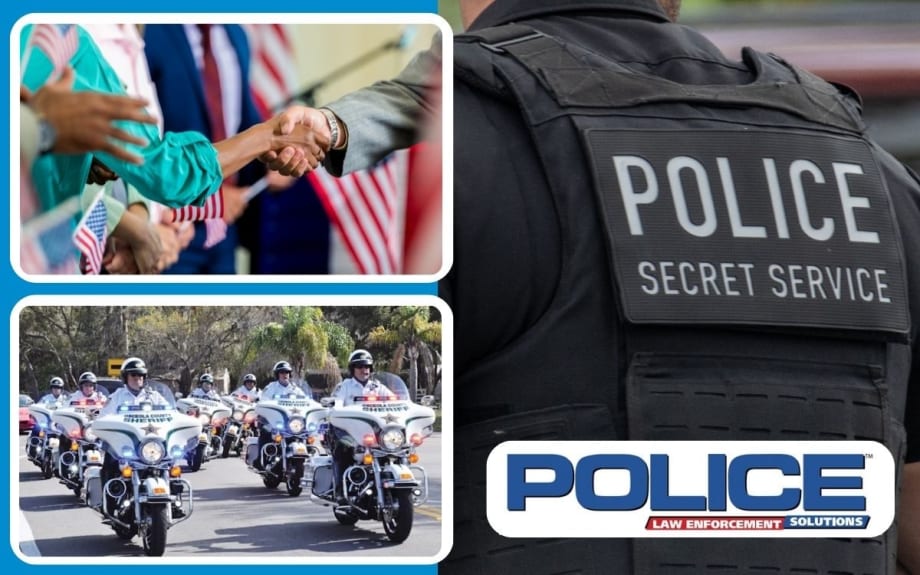
Photo Illustration: Wayne Parham, Motorcade Image by Amaury Murgado/POLICE
In general, most local law enforcement agencies nationwide are not often involved in dignitary protection. That tends to be the role of federal agencies like the U.S. Secret Service and the U.S. Marshals Service or the state police, but not every dignitary coming to your jurisdiction has been assigned federal or state protection and the protection detail may end up being assigned to you.
Here are 10 things that experts in VIP protection from the Secret Service and the Marshals Service say you need to know.
1. Train for the Mission
Most local and state law enforcement officers do not receive training in VIP protection, either in-service or in the academy. VIP protection is just not a primary operation for most agencies and therefore such training is not a priority. So the first step that a local agency must take when assigned a VIP protection mission is to get some training. Finding sources for such training is not always easy. Perhaps someone in the agency has experience, but odds are you will have to find an outside expert. Be sure to vet the expert to make sure all the claims in their background history are accurate.
2. Support Versus Primary
For presidents, ex-presidents, and other protectees who are provided Secret Service details, local law enforcement is in a support role for VIP protection. Police and deputies will probably provide perimeter security, close certain roads, and augment the capabilities of the Secret Service. But the Secret Service only provides protection for very few VIPs. A local law enforcement agency may be asked to protect celebrities, sports figures, and other VIPs. In such situations, they will be the primary law enforcement protection for the person who probably also has hired bodyguards. Working with bodyguards hired by the VIP can be challenging for law enforcement because while you both want to keep the VIP safe, your primary mission remains public safety and the bodyguards’ primary mission is to please their employer.
3. The Schedule and the Person
One of the most critical aspects of VIP protection is to know as much as possible about the itinerary and the person before the day of the event or visit.
Donald Mihalek is a retired Secret Service Senior Special agent who worked on presidential protection details and on United Nations diplomat protection details. He says local agencies that have been assigned VIP protection details want to conduct what the Secret Service calls an “advance” before the person comes to town.
Obviously, the VIP protection detail needs to know the schedule, where the person is going, and what the person is planning to do. But an advance is about more than simply knowing the itinerary, it will help you determine what kinds of threats could be involved and how long the individual could be exposed to those threats.
You also need to know what kind of crowd to expect, not just in terms or size but also demeanor. “The prince of Denmark is going to attract a very different crowd from say Taylor Swift,” Mihalek says.
A local law enforcement agency may also end up in situation where you are protecting someone who is despised by the community. Mihalek uses the example of a Russian diplomat visiting an American city with a large population of people who trace their ancestry back to Ukraine.
4. Threat Intelligence
Another, piece of advance intelligence that you need to know is whether the VIP is currently experiencing any issues from either fans or haters. This is especially true with entertainers and sports figures who often experience stalking.
“Celebrities, sports figures, politicians, have stalkers, and social media trolls, and the like. Agencies tasked with protecting them want to have as much visibility as possible on those types of things. It’s a critical part of the threat intelligence review,” Mihalek says.
Threats could also come from people in the local community. Mihalek says one of the benefits the Secret Service enjoys from working with local law enforcement is that officers and deputies can be especially knowledgeable about threats in the community. “They know the troublemakers. They know who is going to cause a problem and they are best equipped to mitigate them. They can go up to ‘Uncle Joe’ and say, ‘Hey, Joe, want to take a break today?’”
5. Area Preparation
A critical piece of the “advance” is analyzing the locations. You need to scope out the areas that present vulnerabilities, plan what you will do if something happens along the route, and know where you will take the protectee if a threat develops at the location. Getting the protectee “off the X,” literally out of the danger zone is critical.
6. Mutual Aid
A typical Secret Service protection plan involves an inner, middle, and outer ring of agents and officers, according to Mihalek. Such a plan requires a lot of assets, and many local law enforcement agencies may not have the personnel to do it.
Mihalek recommends that agencies consider mutual aid to get more assets with other area agencies. The truth is that just about any VIP protection mission is going to tax the resources of all but the largest agencies. After all, you can’t take everybody off of their regular duties to protect a VIP. So you’re going to need mutual aid.
Mihalek says that even though the Secret Service is ultimately responsible for the safety of their protectees, the agents often rely on local law enforcement, especially for the outer perimeter of the protection area. “The Secret Service has finite resources,” he says.
But even if the Secret Service had infinite resources, Mihalek says there are benefits to having locals on the scene. “Most local law enforcement officers know what’s normal and what’s not normal in the area. That’s the benefit of these partnerships working closely with local law enforcement. It’s good to bring in that local expertise to help inform the security plan,” he explains.
Local agencies can also craft detailed security plans with different zones. “You always want to have an inner and an outer perimeter,” Mihalek says. “Sometimes you can create that simply by where you’re positioning people.”
7. It’s All About Control
Mihalek's key piece of advice for anyone involved in VIP protection is to control as much of the situation as you can. "VIP protection is all about control," he says. "The more you can control, the smoother everything will go."
He adds ,"You want to prevent the unexpected from happening. As we saw in the Trump assassination attempt, the unexpected is not good. You want the event, the visit, whatever as controlled and choreographed as possible, which can be challenging when dealing with these people."
One of the reasons that dealing with celebrities, sports superstars, politicians, and other VIPs can be challenging is they hardly ever hear the word "No." They live in the world of yes," Mihalek says.
8. Motorcades
One of the most common ways that local law enforcement gets involved with out-of-town VIPs is the police motorcade. This escort of motor officers is a courtesy that many cities extend to elected officials, politicians, visiting sports teams, music stars, and other celebrities.
And it can be a complex operation. "Motorcade routes are one of the most challenging aspects of a visit," Mihalek says. "You have to secure the roadways, and that takes a lot of planning and coordination."
Motorcades can also be dangerous for the officers who participate in them or who close the roads for them. It’s not unusual for officers to have accidents in motorcades, either because of inattentive drivers or damaged roads and loose gravel. Sometimes the injuries are serious and even fatal. In 2012, a Jupiter, Florida, Police officer was hit by a truck and killed while trying to close a highway for President Obama’s motorcade.
9. Indoors Versus Outdoors
Protecting a VIP indoors can be very different from protecting them outdoors. It’s much easier to protect a VIP indoors because officers can search the venue in advance. They can even use explosive detection dogs to search for bombs. There’s also much less area to secure for an indoor venue. Outdoor venues present many more problems for VIP protection teams. One of the most critical is that threats can come from all directions. This is especially true when there are high points such as rooftops and trees in the area.
“Outdoor venues always present challenges because you have so many line of sight issues,” Mihalek says. “You also have access control issues. And you have perimeter issues because often there is no hard perimeter.”
10. Drone Overwatch
In general VIP protection is a not a mission that relies on high-tech tools. That’s not to say high-tech tools have no value in this mission. And unmanned aerial systems or drones are becoming very important during VIP protection operations.
Drones can be used for both indoor and outdoor venues and can spot threats that are difficult to detect with stationary surveillance systems. The unmanned aerial systems have thermal cameras and high-speed zooming cameras that can detect people in areas where they are not supposed to be, even if they are concealing themselves. At outdoor venues, drones can be essential for maintaining overwatch on nearby roofs that could hide a person with a rifle.
Retired U.S. Marshal Max Delo who helped develop the agency’s UAS program for a variety of operations, including VIP protection, recommends using multiple drones and pilots for an outdoor venue. You’ll also need software or at least voice communications so the pilots can coordinate and a collection of charged batteries.
Multiple drones and pilots give law enforcement a variety of options for VIP protection. They can cover more territory and fly multiple drones all at once or they can coordinate the flights to make sure at least one drone is in the air until the mission is over. “The pilots coordinate so that when one is about to run out of battery and begins to land, the other launches,” Delo says.
Delo currently volunteers with the Spotsylvania County (Virginia) Sheriff’s Office as a drone pilot and says the multiple drone strategy worked well during the George Floyd protests and riots in 2020. “The switch gives you time to grab the battery and swap it out and get your drone ready to fly again, while your partners cover you,” he says. “It’s kind of like a pitstop in racing.”
More Special Units
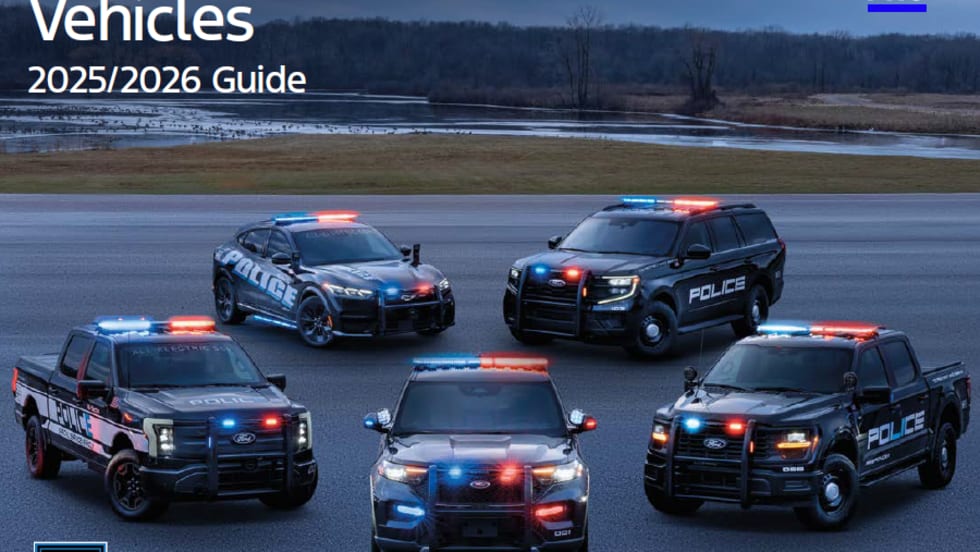
2026 Ford Pro™ Police & Special Service Vehicles Guide is Available for Download
Ford Pro™ meets the needs of law-enforcement agencies
Read More →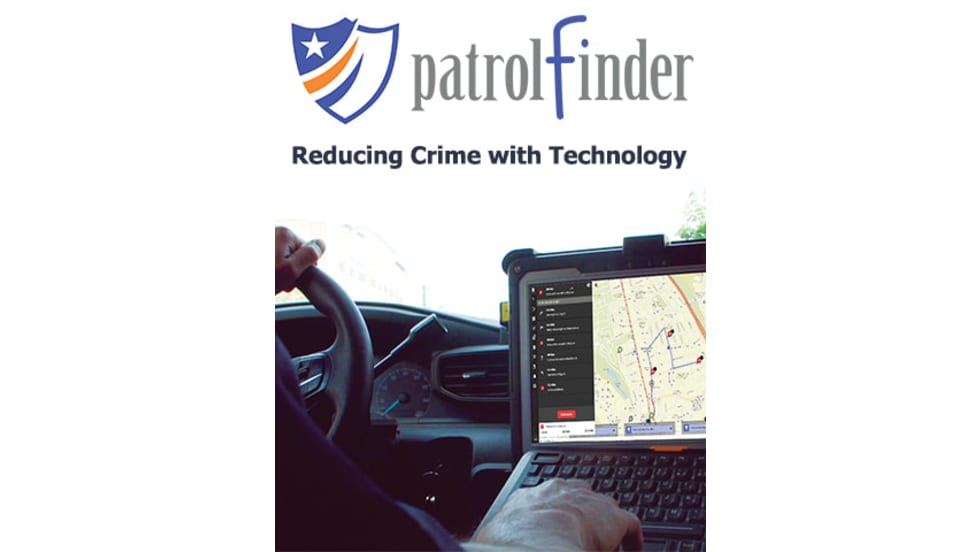
How One Police Department Cut Crime by 46% with Smarter Patrol Management
Discover how one police department cut crime nearly in half using smarter patrol data. This whitepaper breaks down the real-world strategy behind a 46% drop in vehicle thefts, improved officer safety, and stronger community visibility.
Read More →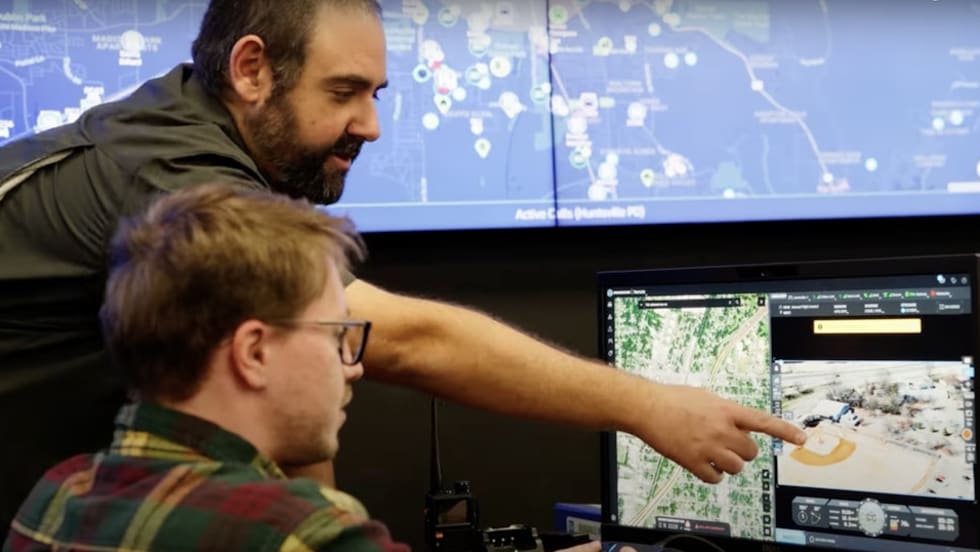
Ohio’s Statewide Drone First Responder Program to Take Flight
Over the next two years, the Ohio DFR Pilot Program will equip municipalities with advanced drone systems, deliver comprehensive training for first responders, and enable FAA-approved Beyond Visual Line of Sight operations.
Read More →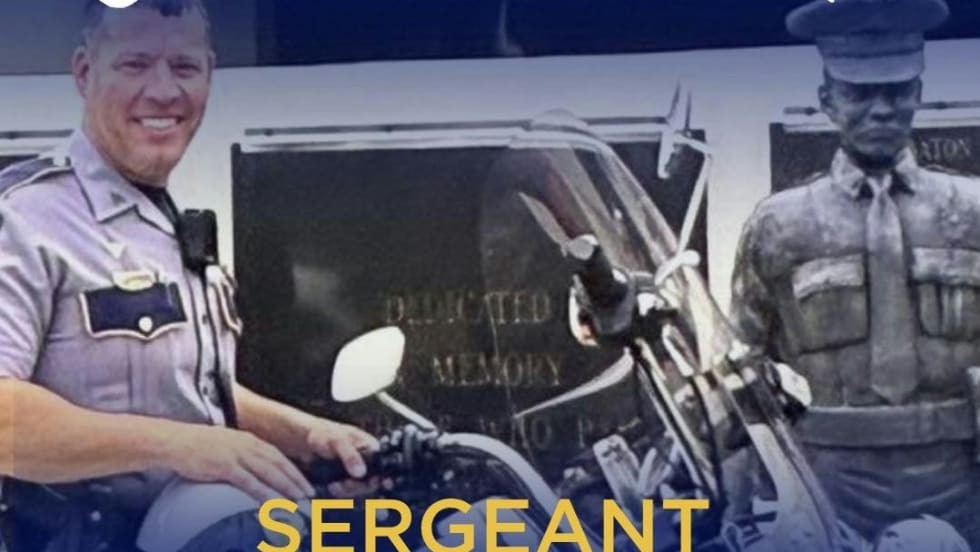
Louisiana Motor Sergeant Dies from Injuries Suffered in June “Intentional” Crash
A motor officer, Sgt. Caleb Eisworth was on his way to participate in a funeral escort when he was struck by another vehicle.
Read More →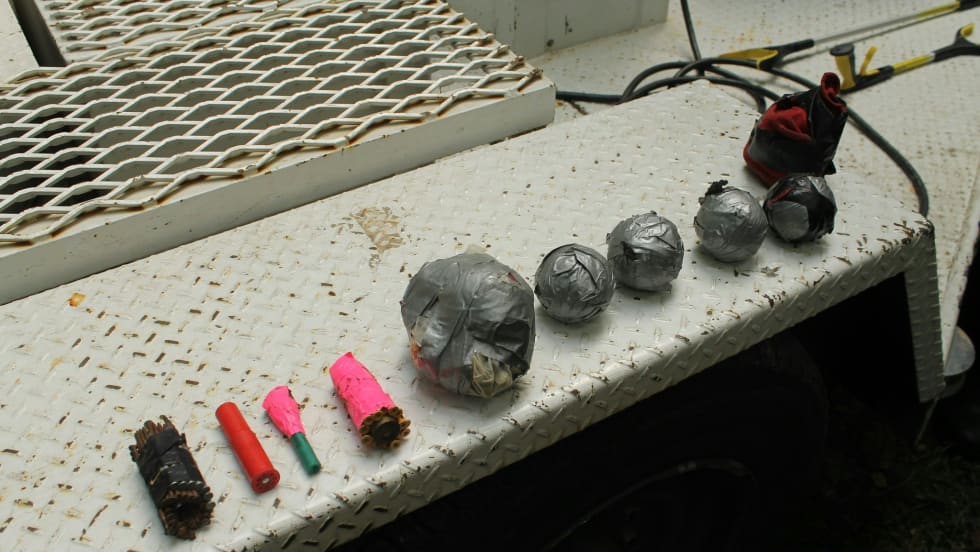
Tennessee Officers Say Man Tried to Detonate IED During Arrest
Inside the bedroom officers found what they believed to be an IED. The officers evacuated the house and called for the Chattanooga Police Bomb Squad and ATF agents.
Read More →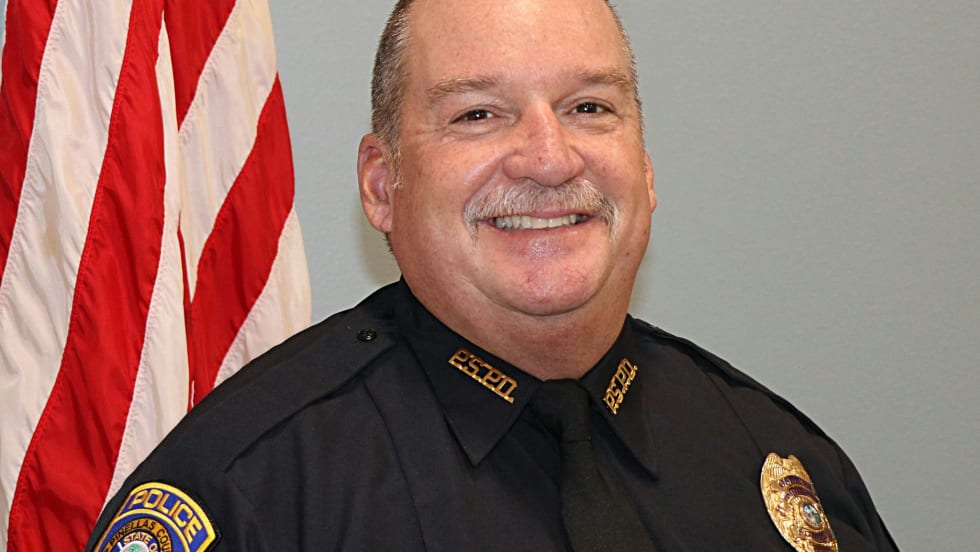
Florida School Officer Dies After On-Duty Medical Emergency
Sergeant Greg Graff was “preparing school leaders for the upcoming year during a safety training program at Clearwater High School,” the school district said.
Read More →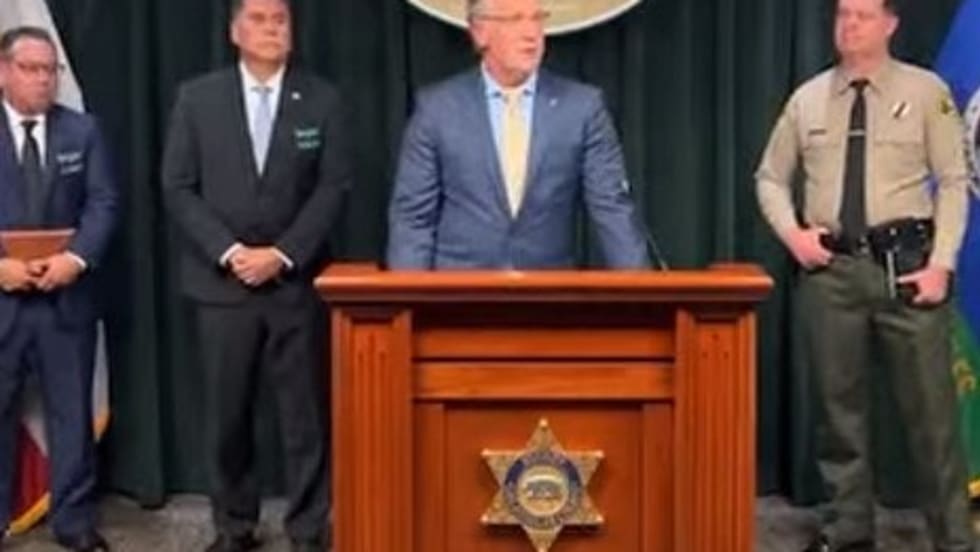
Grenade is Missing from Explosion That Killed 3 LASD Deputies
ATF Special Agent in Charge Kenny Cooper said definitively that only one grenade detonated at the facility on July 18.
Read More →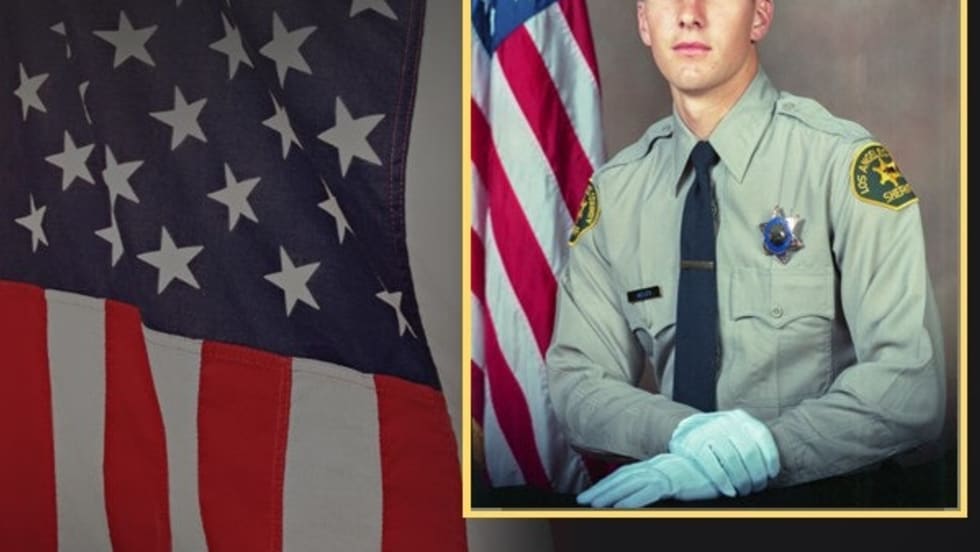
Los Angeles County Sheriff's Department Names Deputies Lost in Friday Explosion
LASD said Detective Joshua Kelley-Eklund, Detective Victor Lemus, and Detective William Osborn who were all assigned to Special Enforcement Bureau’s Arson Explosives Detail were killed in the incident.
Read More →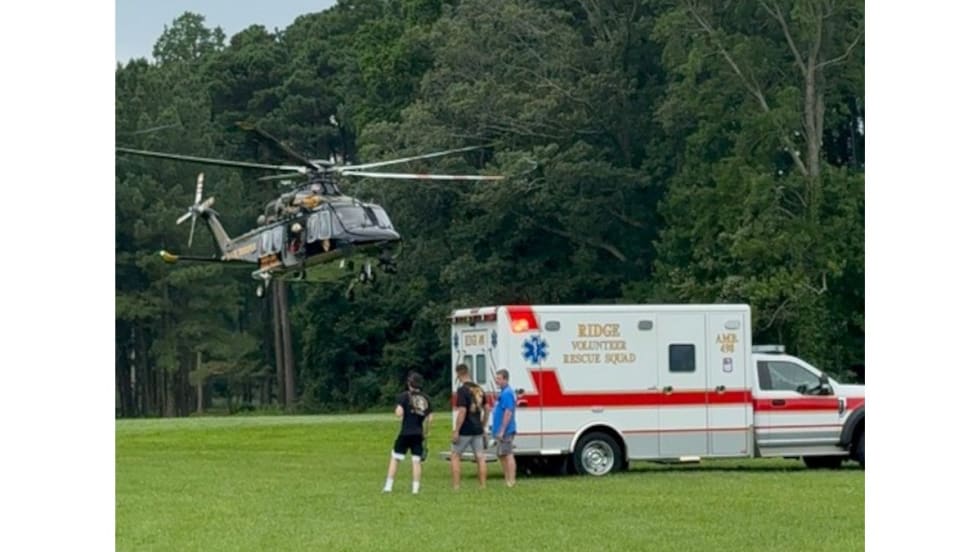
Maryland State Police Helicopter Rescues Victim from Overturned Boat in Chesapeake Bay
The Maryland State Police Aviation Command Trooper 7 crew, the MSP helicopter based in California, Maryland, were monitoring the county dispatch radio, overheard the dispatch, and self-launched.
Read More →
3 Los Angeles County Deputies Killed in Explosion Friday Morning
At press time the names of the deputies had not been released. Sheriff Robert Luna said one had served for 19 years, another for 22 years, and another for 33 years.
Read More →

